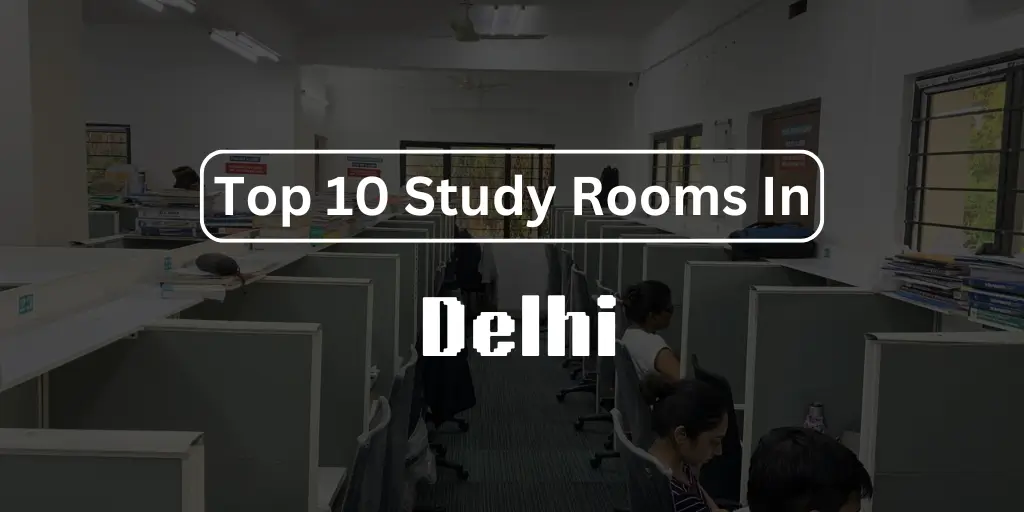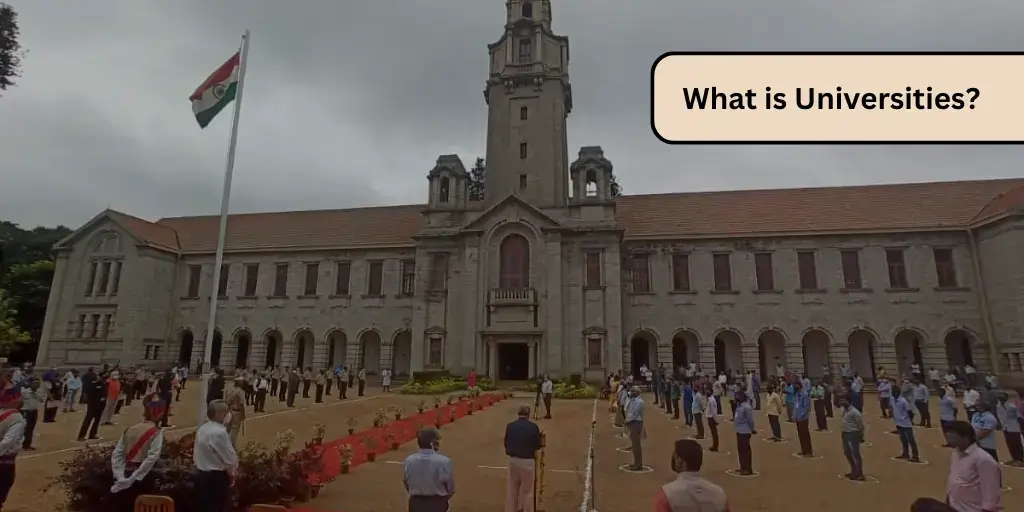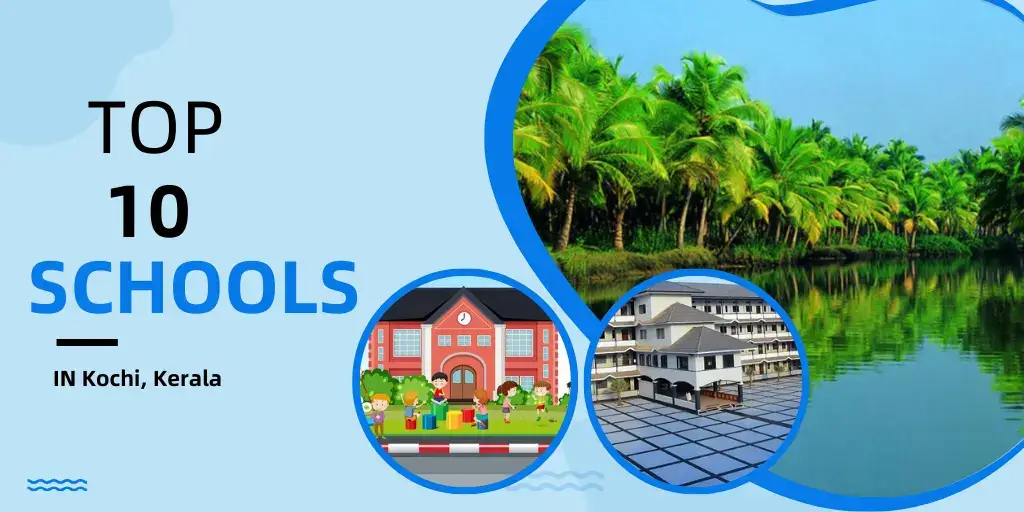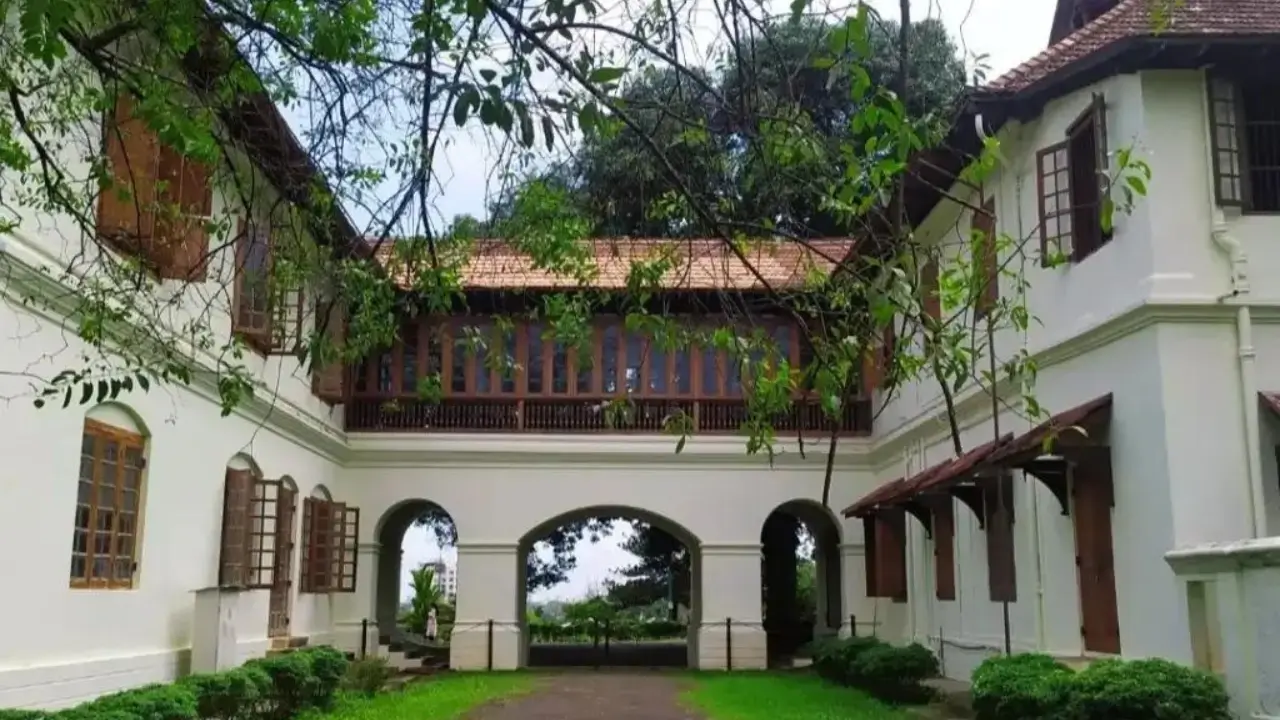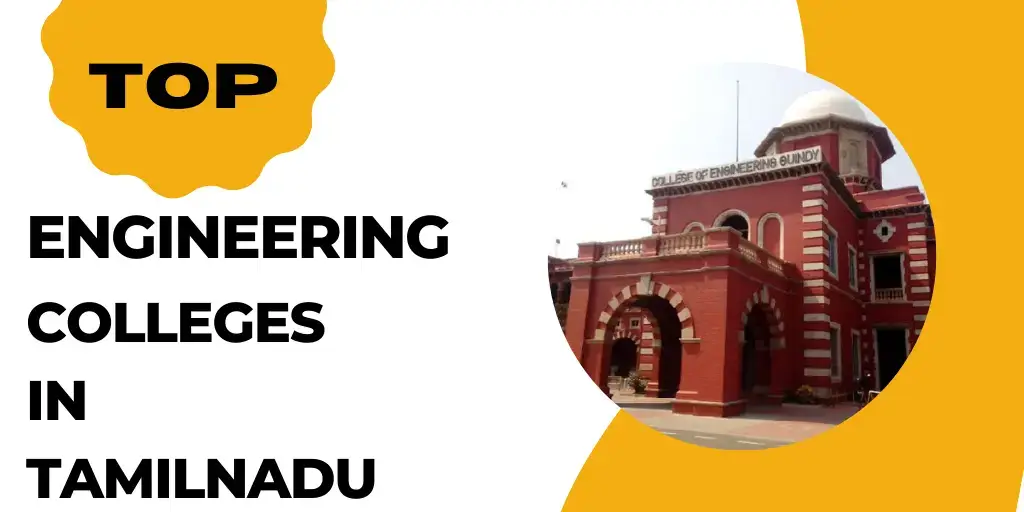
20 Innovative Teaching Methods for the Modern Classroom
Explore innovative teaching methods for modern classrooms: from flipped learning to gamification, empower students with engaging, personalized education
In a constantly shifting educational landscape, teachers are constantly looking for fresh ways to engage and empower their students. Traditional methods are giving way to creative alternatives that accommodate different learning styles while also encouraging creativity and critical thinking.
In this blog article, we'll look at several cutting-edge teaching methods that are transforming the educational experience and inspiring educators and students alike.
Flipped Classroom
The traditional classroom approach, in which teachers provide lectures during class and distribute assignments for solo practice, is being turned on its head.
In a flipped classroom, students engage with educational information outside of class, usually through videos or books, and then return to class prepared to apply their knowledge through discussions, exercises, and projects.
This technique enables more individualized learning because students can continue at their own pace, while class time is used for further research and application of concepts.
Project-Based Learning (PBL)
Project-based learning exposes students to real-world difficulties and problems, allowing them to collaborate, develop, and solve complicated problems.
Instead of rote memory and passive learning, students actively examine and respond to real-world situations, developing critical thinking, creativity, and communication abilities.
Students become more engaged and motivated learners when they work on projects that are relevant and meaningful to their life, gaining useful skills that they can apply outside of the classroom.
Gamification
Gamification uses the motivational power of games to improve learning experiences. Teachers may make instructional exercises more interesting and immersive by including components like points, badges, levels, and leaderboards.
Gamification, whether in the form of educational games, simulations, or interactive quizzes, makes learning more enjoyable and motivating, encouraging students to keep going in their learning journey and celebrate their successes.
Differentiated Instruction
Recognizing that students' learning needs, strengths, and interests vary, differentiated instruction aims to customize instructional tactics and content to each student's needs.
This approach recognizes that one size does not fit all and allows teachers to create numerous pathways for pupils to attain their learning goals.
Differentiated education, whether through flexible grouping, diverse instructional materials, or alternate assessments, promotes inclusivity and guarantees that every student has an equal opportunity to achieve.
Blended Learning
Blended learning mixes in-person education with online learning experiences, taking the best of both worlds to improve learning results.
Teachers with access to a wealth of digital resources and technologies can better personalize lessons, provide rapid feedback, and measure student progress.
Blended learning, whether delivered through online modules, virtual simulations, or interactive forums, provides flexibility and convenience while encouraging student cooperation and involvement.
Inquiry-Based Learning
Inquiry-based learning allows students to take control of their learning by asking questions, conducting investigations, and finding answers.
Instead than passively receiving knowledge from teachers, students actively investigate issues, make hypotheses, and engage in critical thinking and problem solving.
Inquiry-based learning promotes self-directed learning and creates a deeper knowledge of information, resulting in lifelong learners who are curious, adaptive, and resilient.
Socratic Seminars
Socratic seminars offer a controlled yet flexible environment for students to participate in intelligent dialogue and collaborative investigation.
These seminars, based on the Socratic technique of inquiry, empower students to investigate complicated ideas, examine texts, and express their opinions and perspectives.
Socratic seminars promote intellectual growth, communication skills, and empathy by fostering meaningful discussions and forcing students to defend their viewpoints with evidence. They also foster a culture of courteous speech and attentive listening.
Peer Teaching and Mentoring
Peer teaching and mentoring leverage the power of peer interaction to improve learning results.
Teachers promote collaborative learning by matching students with diverse levels of competence, allowing more advanced students to reinforce their information by teaching others, while less experienced students benefit from customized help and supervision.
Peer teaching and mentoring help students develop communication skills, empathy, and a sense of responsibility while also creating a supportive learning environment in which everyone can participate and learn from one other.
Design Thinking
Design thinking is a human-centered problem-solving method that values empathy, creativity, and iterative experimentation.
Teachers encourage students to confront complicated challenges and design new solutions by helping them through the steps of empathy, definition, ideation, prototyping, and testing.
Whether it's rethinking a classroom, developing a product to solve a societal issue, or solving a real-world problem, design thinking encourages students to think outside the box, take chances, and accept failure as a necessary part of the learning process.
Experiential Learning
Experiential learning involves students in hands-on, real-world situations that bring concepts to life and create a thorough understanding.
Students engage with authentic tasks and contexts that relate classroom learning to life outside of the classroom, whether through field trips, simulations, internships, or service learning initiatives.
Experiential learning encourages retention, motivation, and the development of critical skills such as problem solving, cooperation, and resilience by making learning relevant and meaningful.
Mindfulness and SEL Integration
Integrating mindfulness practices and social-emotional learning (SEL) into the curriculum allows children to acquire important life skills, including self-awareness, self-regulation, empathy, and resilience.
Teachers create a supportive learning environment for students by engaging in activities such as mindfulness meditation, journaling, and collaborative discussions about emotions and interpersonal relationships.
Genius Hour or 20% Time
Genius Hour, modeled after Google's "20% time" philosophy, allows students to devote a portion of their class time to following their passions and interests through self-directed projects.
Students can choose their topics, conduct research, and build projects that represent their individual abilities and interests, whether they are coding, writing, making art, or investigating scientific phenomena. Genius Hour allows students to take responsibility of their learning by encouraging autonomy, creativity, and intrinsic drive.
Universal Design for Learning (UDL)
Universal Design for Learning is a concept that promotes inclusive education by offering a variety of representation, expression, and engagement options to meet the requirements of diverse learners.
Teachers can eliminate learning barriers by providing flexible learning options such as multimedia resources, interactive exercises, and a variety of evaluation methods. UDL assists not only students with disabilities, but all learners by accommodating varied learning styles, preferences, and strengths.
Outdoor and Nature-Based Learning
Outdoor and nature-based learning extends learning beyond the classroom, allowing children to explore, discover, and engage with the natural world. Outdoor learning promotes a sense of wonder, curiosity, and environmental stewardship, whether through science projects in the school garden, nature treks to research local ecosystems, or participation in outdoor art and storytelling.
Teachers stimulate students' curiosity and increase their awareness for the natural world by immersing them in hands-on, immersive learning opportunities, all while encouraging physical exercise and well-being.
Augmented and Virtual Reality (AR/VR)
Augmented and virtual reality technologies provide immersive and engaging learning experiences for students, transporting them to virtual environments and simulations. Whether it's exploring historical civilizations, dissecting virtual animals, or doing virtual science experiments, AR and VR bring abstract concepts to life and allow students to explore and learn.
Teachers may use cutting-edge technologies to increase engagement, deepen comprehension, and encourage creativity and problem-solving abilities in previously imagined ways.
Community-Based Learning
Community-based learning connects classroom learning to real-world concerns and needs in the local community. Teachers create chances for students to apply their knowledge and abilities to real-world problems and make a positive difference by collaborating with community organizations, businesses, and professionals.
Community-based learning promotes civic participation, empathy, and a sense of social responsibility through activities such as proposing environmental solutions, conducting interviews with local stakeholders, and volunteering at community service projects.
Peer Feedback and Assessment
Peer feedback and assessment entail students providing positive feedback on their classmates' work and performance.
Peer review exercises help students build critical thinking, communication, and cooperation skills while also revealing their own strengths and places for improvement. Peer feedback fosters a culture of continual development and encourages students to take responsibility for their learning by actively engaging in the evaluation process.
Flexible Learning Spaces
Flexible learning spaces are designed to accommodate a variety of learning activities and styles, providing adaptable surroundings that may be easily tailored to the needs of students and teachers.
Flexible learning spaces, which include collaborative workstations and comfortable seating areas as well as silent zones and interactive technology hubs, enable educators to create dynamic and personalized learning experiences that promote creativity, cooperation, and exploration.
Flexible learning environments encourage active participation and adapt to a wide range of learning preferences and needs by breaking away from the typical classroom arrangement.
Storytelling and Narrative-Based Learning
Storytelling and narrative-based learning use the power of storytelling to engage pupils, generate imagination, and improve comprehension. Whether through literature, historical narratives, personal recollections, or multimedia presentations, stories provide context, elicit emotions, and make abstract concepts more relevant and memorable.
Teachers that use storytelling into their lesson plans produce memorable learning experiences that capture students' attention, pique their curiosity, and encourage critical thinking and reflection.
Global and Cultural Competence
Global and cultural competency equips pupils to succeed in an interconnected and diverse world by instilling a respect for many cultures, perspectives, and experiences.
Students gain empathy, international communication skills, and a feeling of global citizenship through multicultural reading, virtual exchanges with classmates from all around the world, and cross-cultural collaborative projects.
Students extend their views and become more open-minded, sympathetic, and inclusive as they investigate global challenges, engage with varied ideas, and collaborate with peers from various backgrounds.
Conclusion:
Innovation is at the heart of education, creating good change and improving how we teach and learn.
By embracing new teaching methods such as the flipped classroom, project-based learning, gamification, individualized instruction, and blended learning, educators may create dynamic and enriching learning experiences that prepare students for success in the twenty-first century and beyond. Let us continue to push the boundaries of education by inspiring curiosity, igniting passion, and unlocking each learner's full potential.
Last update: 2024-05-06 15:55:36
 Clenta
Clenta
